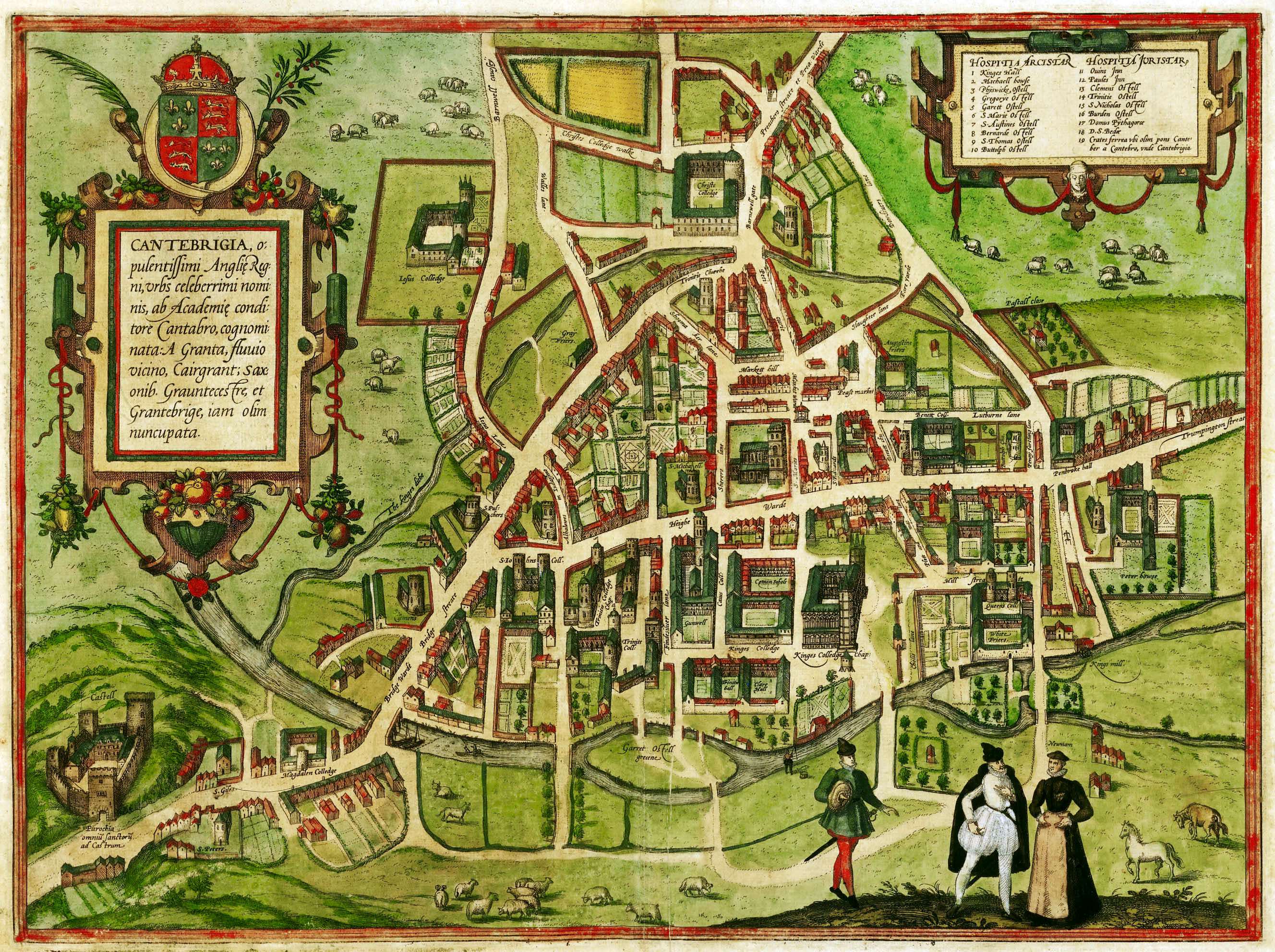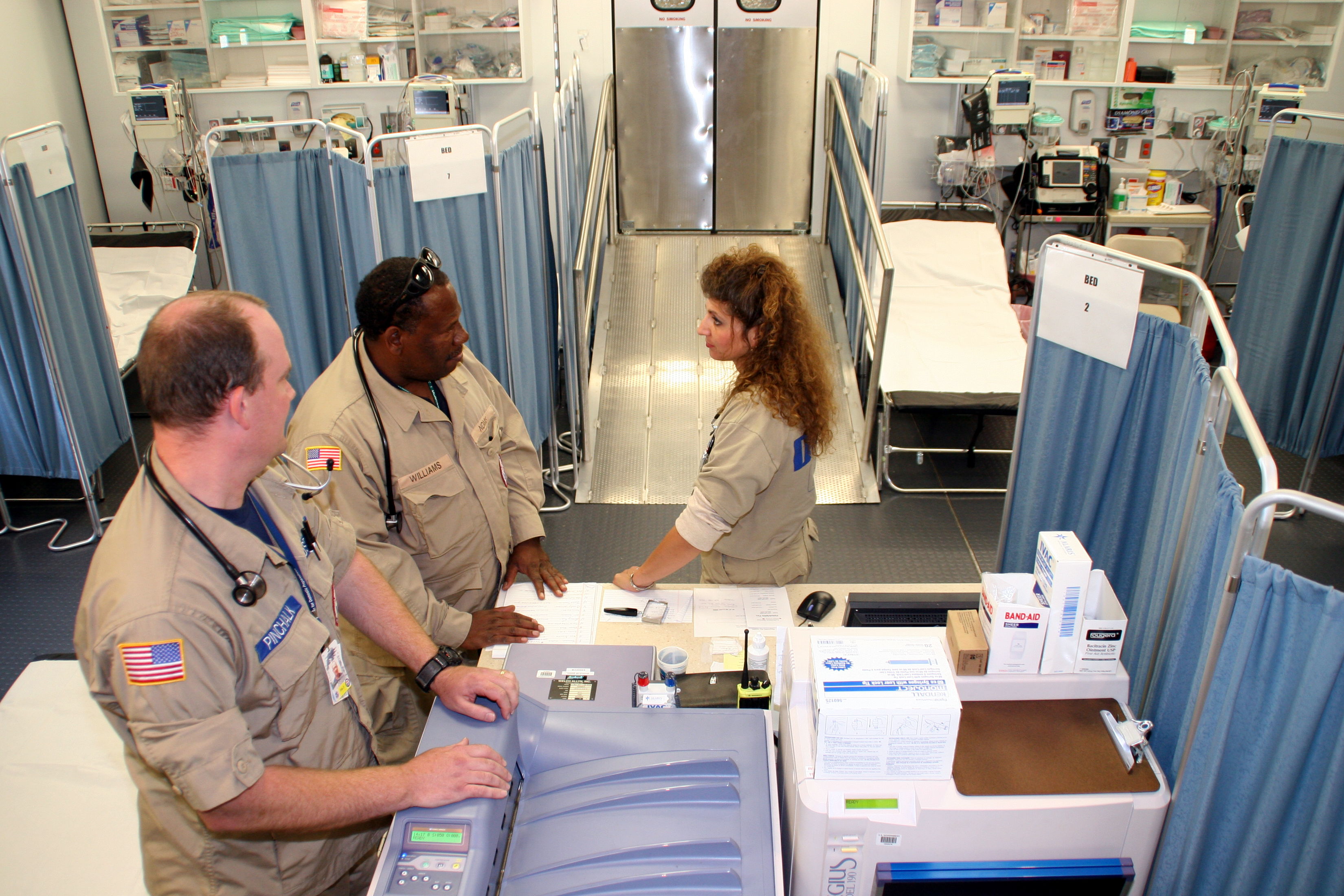|
Remote Ischemic Conditioning
Remote ischemic conditioning (RIC) is an experimental medical procedure that aims to reduce the severity of ischaemic injury to an organ such as the heart or the brain, most commonly in the situation of a heart attack or a stroke, or during procedures such as heart surgery when the heart may temporary suffer ischaemia during the operation, by triggering the body's natural protection against tissue injury. Although noted to have some benefits in experimental models in animals, this is still an experimental procedure in humans and initial evidence from small studies have not been replicated in larger clinical trials. Successive clinical trials have failed to identify evidence supporting a protective role in humans as of 2015.Remote Ischemic Preconditioning and Outcomes of Cardiac Surgery. NEJM. October 5, 2015. Two large studies completed in 2023 had re-ignited interest in this technique with positive results. The procedure involves repeated, temporary cessation of blood flow to a li ... [...More Info...] [...Related Items...] OR: [Wikipedia] [Google] [Baidu] |
Ischaemia
Ischemia or ischaemia is a restriction in blood supply to any tissue, muscle group, or organ of the body, causing a shortage of oxygen that is needed for cellular metabolism (to keep tissue alive). Ischemia is generally caused by problems with blood vessels, with resultant damage to or dysfunction of tissue, i.e., hypoxia and microvascular dysfunction. It also implies local hypoxia in a part of a body resulting from constriction (such as vasoconstriction, thrombosis, or embolism). Ischemia causes not only insufficiency of oxygen but also reduced availability of nutrients and inadequate removal of metabolic wastes. Ischemia can be partial (poor perfusion) or total blockage. The inadequate delivery of oxygenated blood to the organs must be resolved either by treating the cause of the inadequate delivery or reducing the oxygen demand of the system that needs it. For example, patients with myocardial ischemia have a decreased blood flow to the heart and are prescribe ... [...More Info...] [...Related Items...] OR: [Wikipedia] [Google] [Baidu] |
Troponin
Troponin, or the troponin complex, is a complex of three regulatory proteins (troponin C, troponin I, and troponin T) that are integral to muscle contraction in skeletal muscle and cardiac muscle, but not smooth muscle. Measurements of cardiac-specific troponins I and T are extensively used as diagnostic and prognostic indicators in the management of myocarditis, myocardial infarction and acute coronary syndrome. Blood troponin levels may be used as a diagnosis, diagnostic marker for stroke or other myocardial injury that is ongoing, although the sensitivity of this measurement is low. Function Troponin is attached to the protein tropomyosin and lies within the groove between actin filaments in muscle tissue. In a relaxed muscle, tropomyosin blocks the attachment site for the myosin crossbridge, thus preventing contraction. When the muscle cell is stimulated to contract by an action potential, calcium channels open in the sarcoplasmic membrane and release calcium into the sarcoplas ... [...More Info...] [...Related Items...] OR: [Wikipedia] [Google] [Baidu] |
Coronary Stent
A coronary stent is a tube-shaped device placed in the coronary arteries that supply blood to the heart, to keep the arteries open in patients suffering from coronary heart disease. The vast majority of stents used in modern interventional cardiology are drug-eluting stents (DES). They are used in a medical procedure called percutaneous coronary intervention (PCI). Coronary stents are divided into two broad types: drug-eluting and bare metal stents. As of 2023, drug-eluting stents were used in more than 90% of all PCI procedures. Stents reduce angina (chest pain) and have been shown to improve survival and decrease adverse events after a patient has suffered a heart attack—medically termed an acute myocardial infarction. Similar stents and stenting procedures are used in atherosclerosis of arterial vessels of the limbs—particularly in the legs, such as in peripheral artery disease. Medical uses Arterial Stenting 3D Medical Animation Cardiac stenting is achieved by ... [...More Info...] [...Related Items...] OR: [Wikipedia] [Google] [Baidu] |
Cambridge
Cambridge ( ) is a List of cities in the United Kingdom, city and non-metropolitan district in the county of Cambridgeshire, England. It is the county town of Cambridgeshire and is located on the River Cam, north of London. As of the 2021 United Kingdom census, the population of the City of Cambridge was 145,700; the population of the wider built-up area (which extends outside the city council area) was 181,137. (2021 census) There is archaeological evidence of settlement in the area as early as the Bronze Age, and Cambridge became an important trading centre during the Roman Britain, Roman and Viking eras. The first Town charter#Municipal charters, town charters were granted in the 12th century, although modern city status was not officially conferred until 1951. The city is well known as the home of the University of Cambridge, which was founded in 1209 and consistently ranks among the best universities in the world. The buildings of the university include King's College Chap ... [...More Info...] [...Related Items...] OR: [Wikipedia] [Google] [Baidu] |
Papworth Hospital
Royal Papworth Hospital is a specialist heart and lung hospital, located on the Cambridge Biomedical Campus in Cambridgeshire, England. The Hospital is run by Royal Papworth Hospital NHS Foundation Trust. The hospital is a world-leading cardiothoracic transplant centre and the biggest in the UK, having carried out more heart and lung transplants in 2019/20 than any other hospital. It is also home to the UK's biggest sleep centre, and is one of five hospitals commissioned by NHS England to provide Extra Corporeal Membrane Oxygenation (ECMO) to adults with severe respiratory failure. History Papworth Hospital was founded at Papworth Everard (to the west of Cambridge) in 1918 as a sanatorium for the treatment of tuberculosis among discharged soldiers who had served in the First World War, following a campaign led by Elsbeth Dimsdale, and was initially known as the “Cambridgeshire Tuberculosis Colony”. The institution was initially under the direction of Dr (later Sir) Pen ... [...More Info...] [...Related Items...] OR: [Wikipedia] [Google] [Baidu] |
Cell Biochemistry And Biophysics
Cell most often refers to: * Cell (biology), the functional basic unit of life * Cellphone, a phone connected to a cellular network * Clandestine cell, a penetration-resistant form of a secret or outlawed organization * Electrochemical cell, a device used to convert chemical energy to electrical energy * Prison cell, a room used to hold people in prisons Cell may also refer to: Arts, entertainment, and media Fictional entities * Cell (comics), a Marvel comic book character * Cell (''Dragon Ball''), a character in the manga series ''Dragon Ball'' Literature * ''Cell'' (novel), a 2006 horror novel by Stephen King * "Cells", poem, about a hungover soldier in gaol, by Rudyard Kipling * ''The Cell'' (play), an Australian play by Robert Wales Music * Cell (music), a small rhythmic and melodic design that can be isolated, or can make up one part of a thematic context * Cell (American band) * Cell (Japanese band) * ''Cell'' (album), a 2004 album by Plastic Tree * ''Cells'', ... [...More Info...] [...Related Items...] OR: [Wikipedia] [Google] [Baidu] |
Golden Hour (medicine)
In emergency medicine, the golden hour is the period of time immediately after a traumatic injury during which there is the highest likelihood that prompt medical and surgical treatment will prevent death. While initially defined as an hour, the exact time period depends on the nature of the injury and can be more than or less than this duration. It is well established that the person's chances of survival are greatest if they receive care within a short period of time after a severe injury; however, there is no evidence to suggest that survival rates drop off after 60 minutes. Some have come to use the term to refer to the core principle of rapid intervention in trauma cases, rather than the narrow meaning of a critical one-hour time period. General concept Cases of severe trauma, especially internal bleeding, require surgical intervention. Complications such as shock may occur if the person is not managed appropriately and expeditiously. It therefore becomes a priority to tra ... [...More Info...] [...Related Items...] OR: [Wikipedia] [Google] [Baidu] |
Treatment And Control Groups
In the design of experiments, hypotheses are applied to experimental units in a treatment group. In comparative experiments, members of a control group receive a standard treatment, a placebo, or no treatment at all. There may be more than one treatment group, more than one control group, or both. A placebo control group can be used to support a double-blind study, in which some subjects are given an ineffective treatment (in medical studies typically a sugar pill) to minimize differences in the experiences of subjects in the different groups; this is done in a way that ensures no participant in the experiment (subject or experimenter) knows to which group each subject belongs. In such cases, a third, non-treatment control group can be used to measure the placebo effect directly, as the difference between the responses of placebo subjects and untreated subjects, perhaps paired by age group or other factors (such as being twins). For the conclusions drawn from the results of an ... [...More Info...] [...Related Items...] OR: [Wikipedia] [Google] [Baidu] |
Thrombolysis
Thrombolysis, also called fibrinolytic therapy, is the breakdown (lysis) of thrombus, blood clots formed in blood vessels, using medication. It is used in ST elevation myocardial infarction, stroke, and in cases of severe venous thromboembolism (massive pulmonary embolism or extensive deep vein thrombosis). The main complication is bleeding (which can be dangerous), and in some situations thrombolysis may therefore be unsuitable. Thrombolysis can also play an important part in reperfusion therapy that deals specifically with blocked artery, arteries. Medical uses Diseases where thrombolysis is used: * ST elevation myocardial infarction: Large trials have shown that mortality can be reduced using thrombolysis (particularly fibrinolysis) in treating Myocardial infarction, heart attacks. It works by stimulating secondary fibrinolysis by plasmin through infusion of analogs of tissue plasminogen activator (tPA), the protein that normally activates plasmin. * Stroke: Thrombolysis reduc ... [...More Info...] [...Related Items...] OR: [Wikipedia] [Google] [Baidu] |
Percutaneous Coronary Intervention
Percutaneous coronary intervention (PCI) is a minimally invasive non-surgical procedure used to treat stenosis, narrowing of the coronary artery, coronary arteries of the heart found in coronary artery disease. The procedure is used to place and deploy coronary stents, a permanent wire-meshed tube, to open narrowed coronary arteries. PCI is considered 'non-surgical' as it uses a small hole in a peripheral artery (leg/arm) to gain access to the arterial system; an equivalent surgical procedure would involve the opening of the chest wall to gain access to the heart area. The term 'coronary angioplasty with stent' is synonymous with PCI. The procedure visualises the blood vessels via Fluoroscopy, fluoroscopic imaging and contrast dyes. PCI is performed by an interventional cardiologists in a catheterization laboratory setting. Patients who undergo PCI broadly fall into two patient groups. Those who are suffering from a heart attack and are in a critical care emergency room setting an ... [...More Info...] [...Related Items...] OR: [Wikipedia] [Google] [Baidu] |
Emergency Department
An emergency department (ED), also known as an accident and emergency department (A&E), emergency room (ER), emergency ward (EW) or casualty department, is a medical treatment facility specializing in emergency medicine, the Acute (medicine), acute care of patients who present without prior appointment; either by their own means or by that of an ambulance. The emergency department is usually found in a hospital or other primary care center. Due to the unplanned nature of patient attendance, the department must provide initial treatment for a broad spectrum of illnesses and injuries, some of which may be Medical emergency, life-threatening and require immediate attention. In some countries, emergency departments have become important entry points for those without other means of access to medical care. The emergency departments of most hospitals operate 24 hours a day, although staffing levels may be varied in an attempt to reflect patient volume. History Accident services wer ... [...More Info...] [...Related Items...] OR: [Wikipedia] [Google] [Baidu] |





